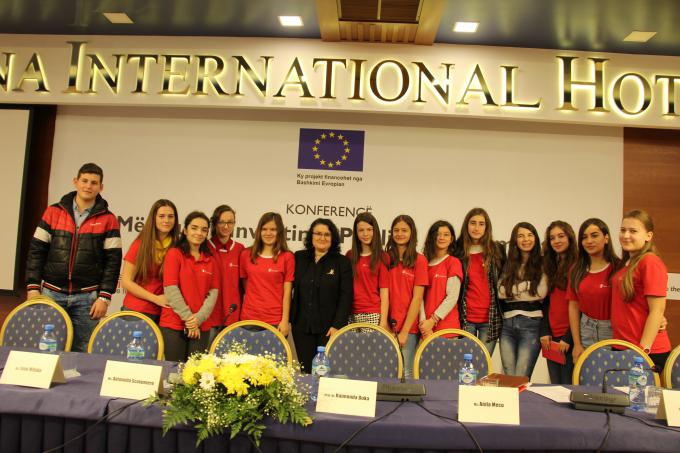End Term Analysis on Public Funds and Spending for Children
Today, we launched the new study “End Term Analysis of the Public Funds and Expenditures for the implementation of the National Plan of Action for Protection of Children Rights”. The study draws attention of the state authorities to focus on the state quality of services, projects and programmes offered by the government in key sectors such as education, health, social protection and juvenile justice, which does not meet regional and international standards. Efforts to improve the situation of the rights of children should not be based solely on the amount of funds spent for the children, but also in qualitative analysis of expenditures for children. This study was launched during the conference "More public investments for children", organized today in Tirana. The conference aimed to encourage state authorities to strengthen development policies and action plans to ensure the improvement of the situation of children's rights in Albania, through increased public investments for children, transparency and their efficient management.
The study provides a comprehensive analysis of the trend of public budget allocation and expenditures in vital sectors for children in a period of 4 years. It can help all state and non-state actors working in the field of children's rights to be more effective in their efforts to design child-centered programs and policies.
The study was conducted in the framework of the two-year project “Increasing Public Investment for the Children Rights in Albania", funded by the European Union and implemented by Save the Children in partnership with the Institute of Contemporary Studies and in collaboration with the State Agency for the Protection of the Children Rights.
Budget analysis is a complementary process of assessing the implementation of the National Action Plan for Children (2012-2015), which reveals that: the national economic plan does not necessary focus on children and families (in addition to money transfer as part of economic assistance); Attention given to the impact assessment of the costs for children and results in political and fiscal policy is limited; There is limited knowledge of the terms of budgets in benfit of children and there is a poor capacity to measure the effectiveness of public spending on children; There is lack of connection between policy and spending priorities to help the most vulnerable children; There is a lack of a beneficiary program for children and families and social care system for the protection of children is weak.
 Albania
Albania 
